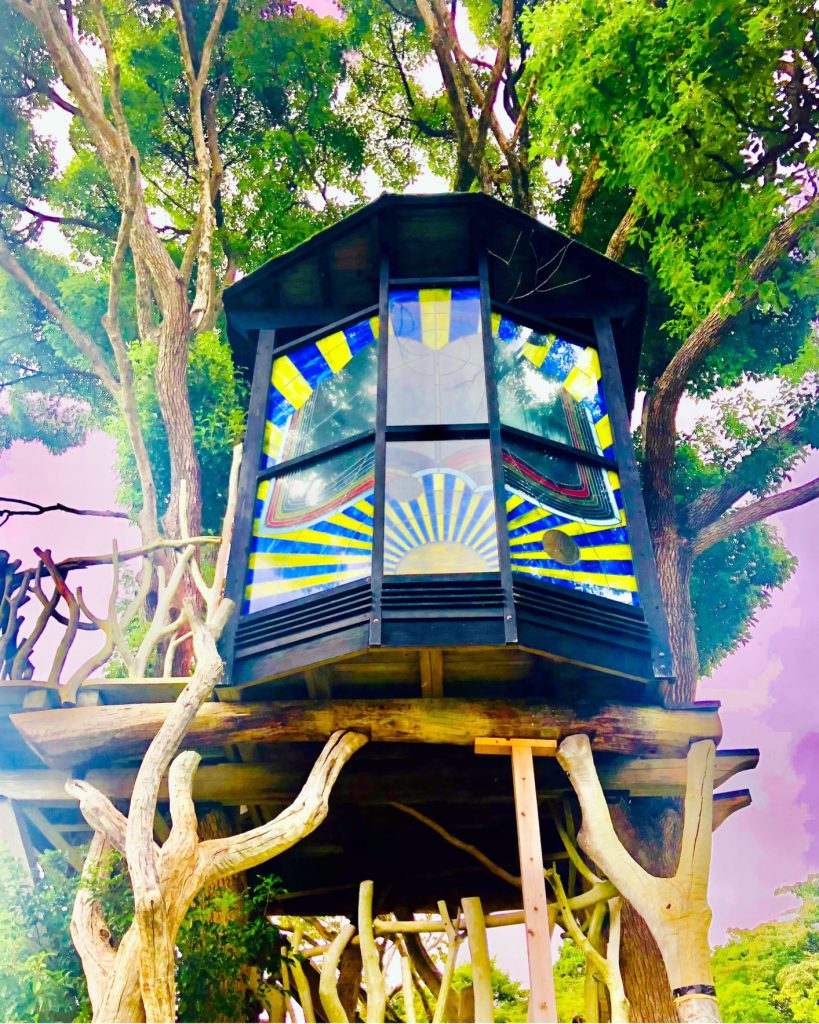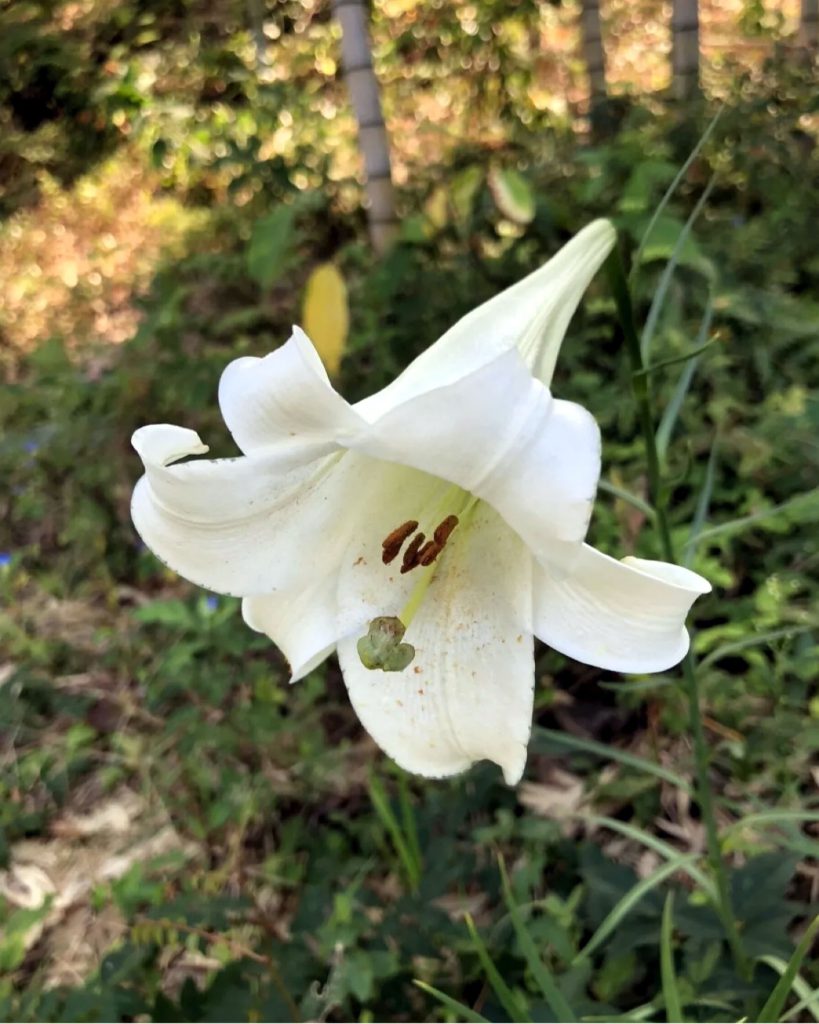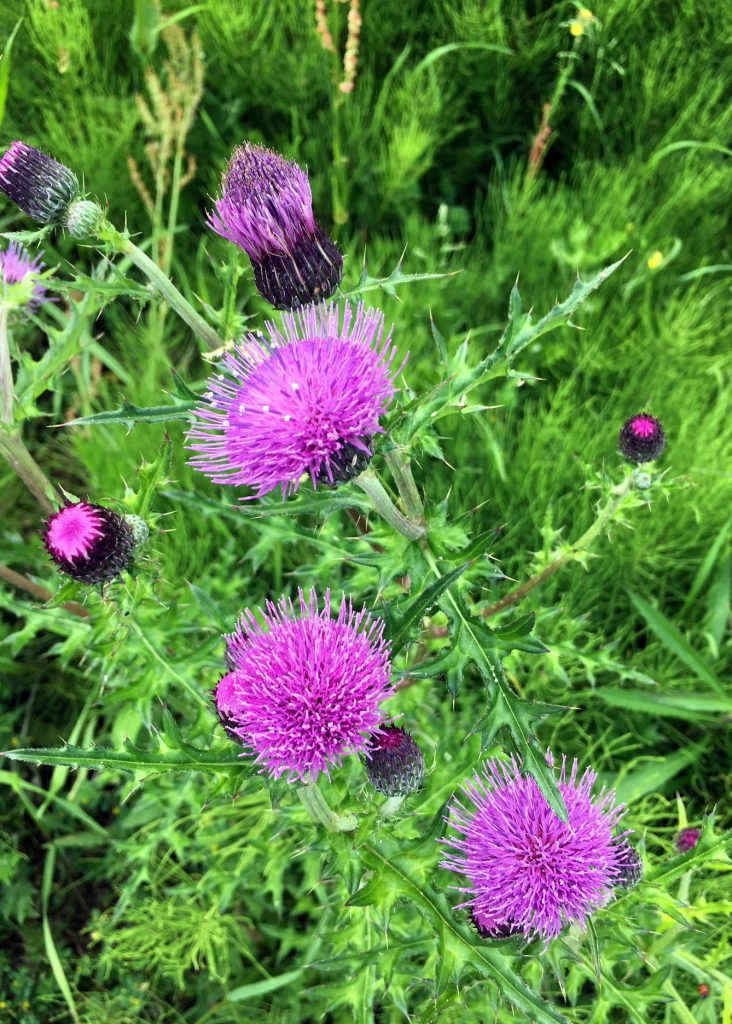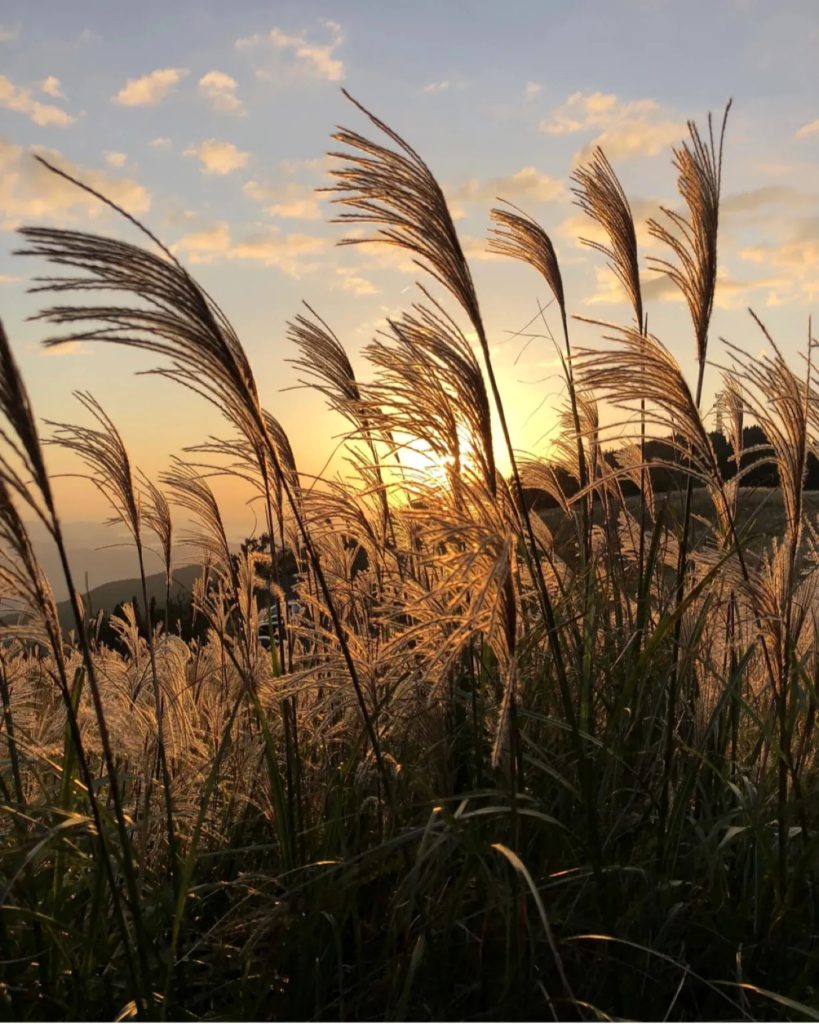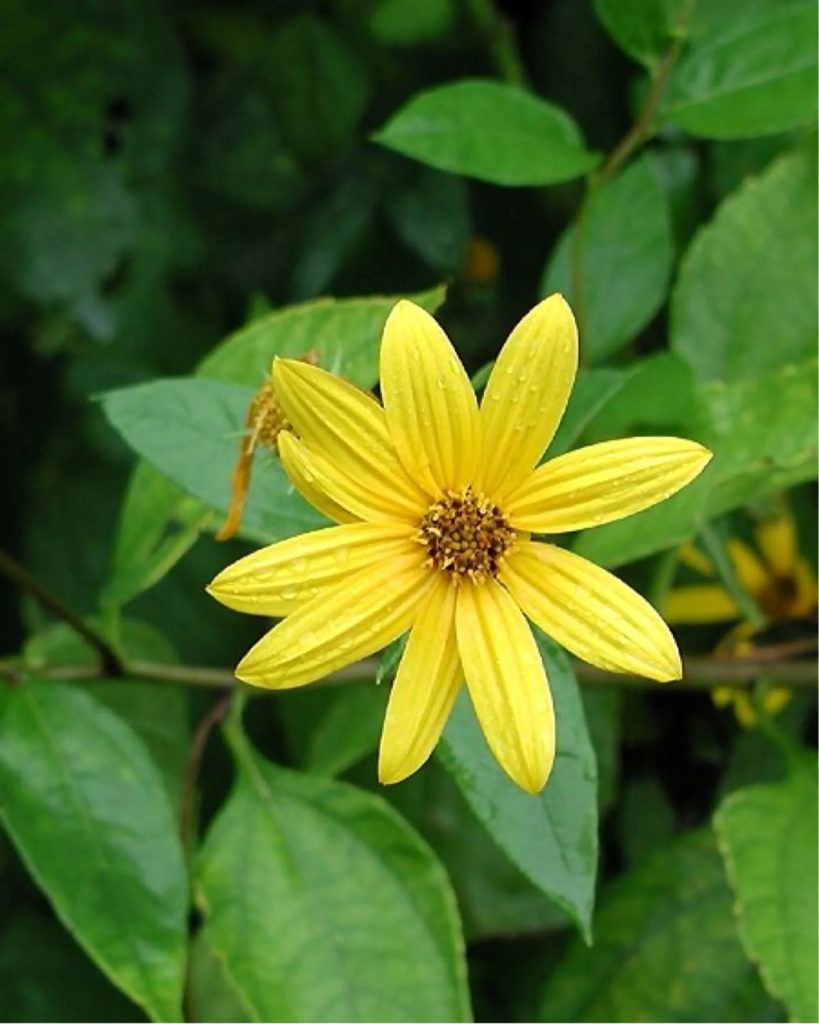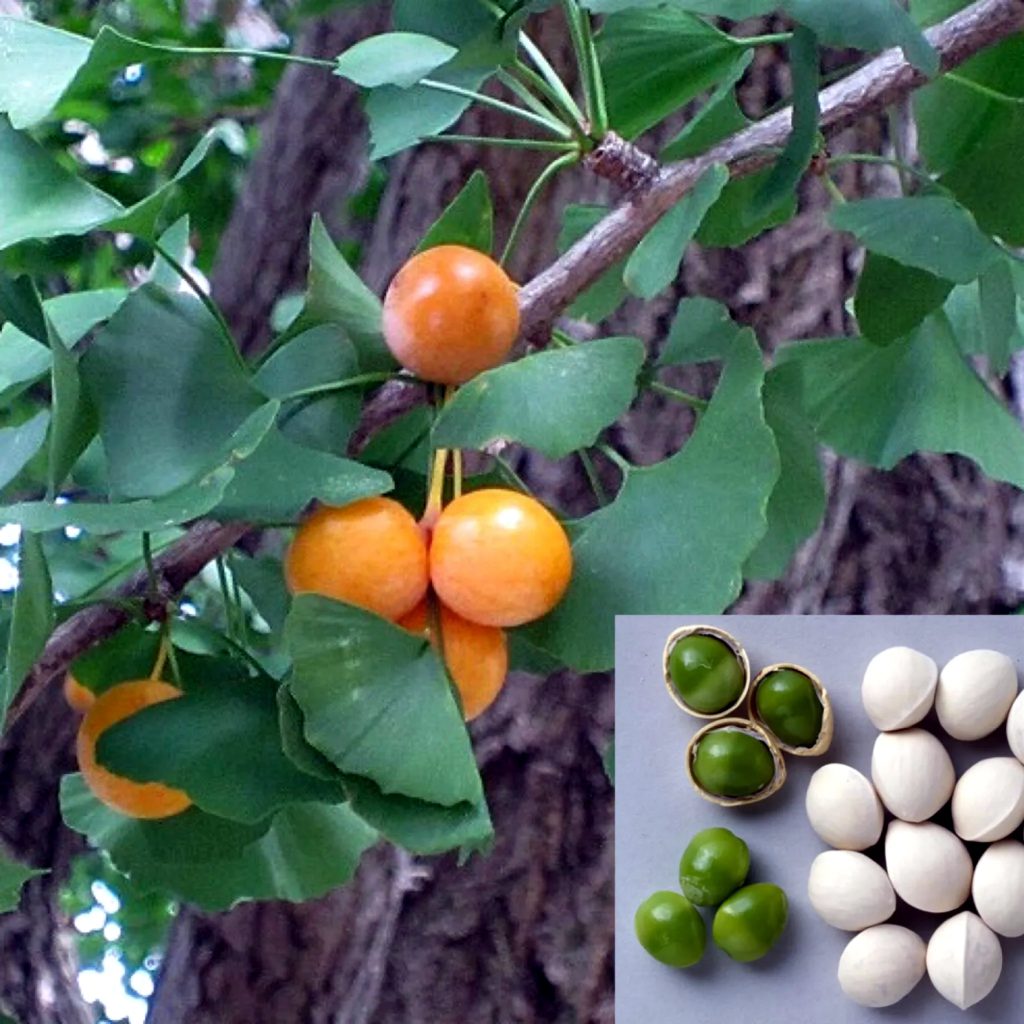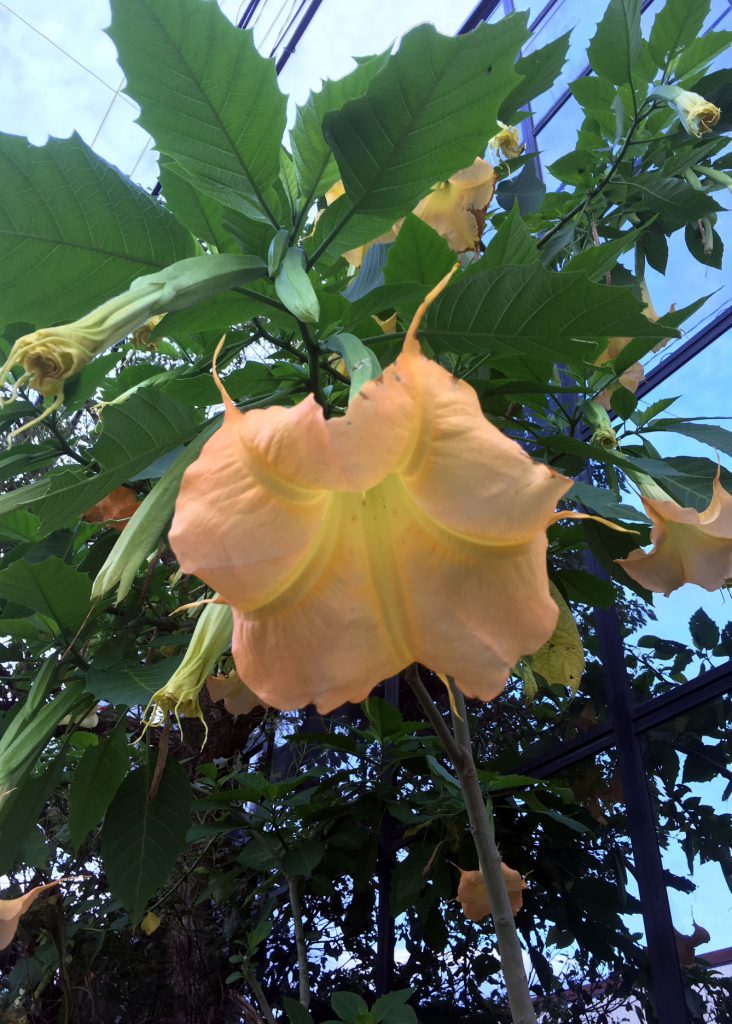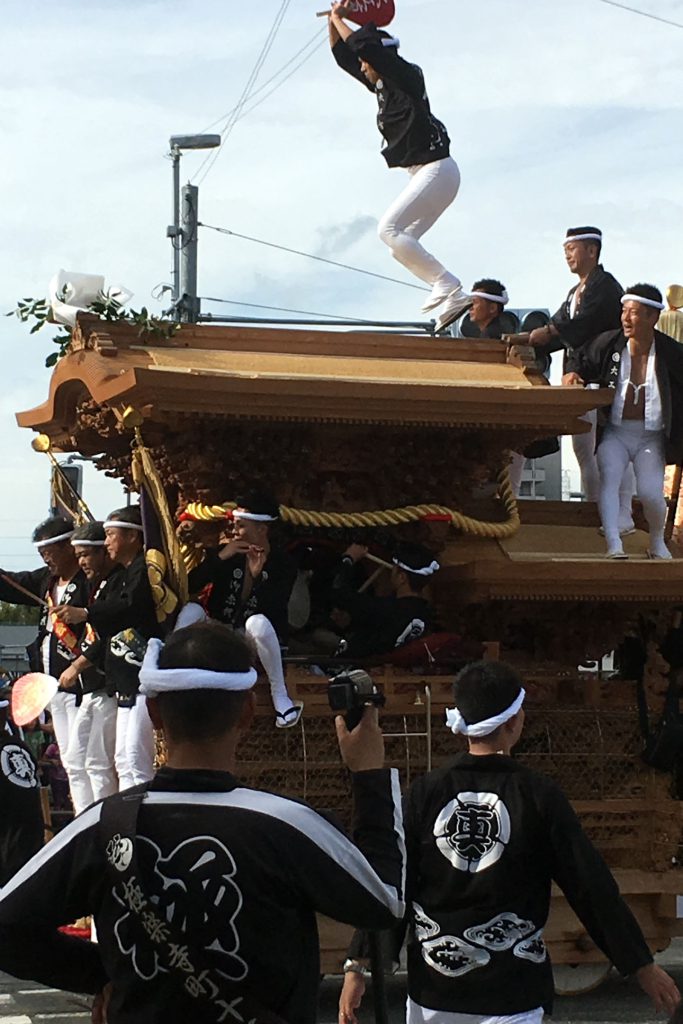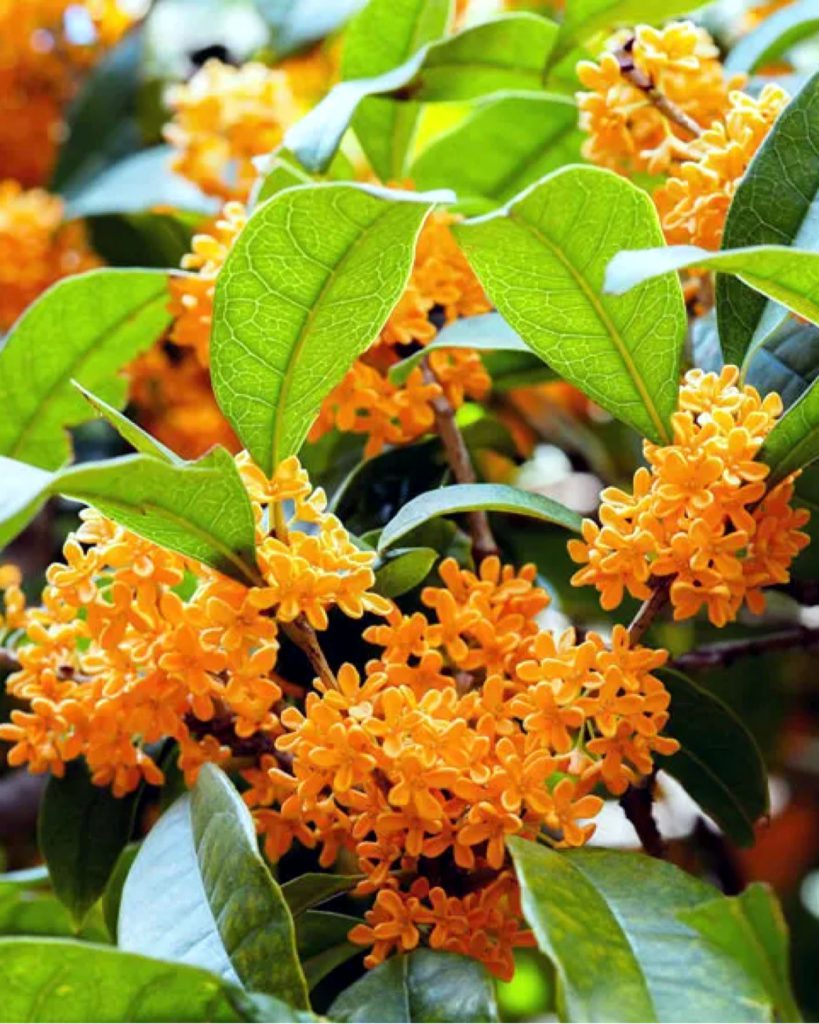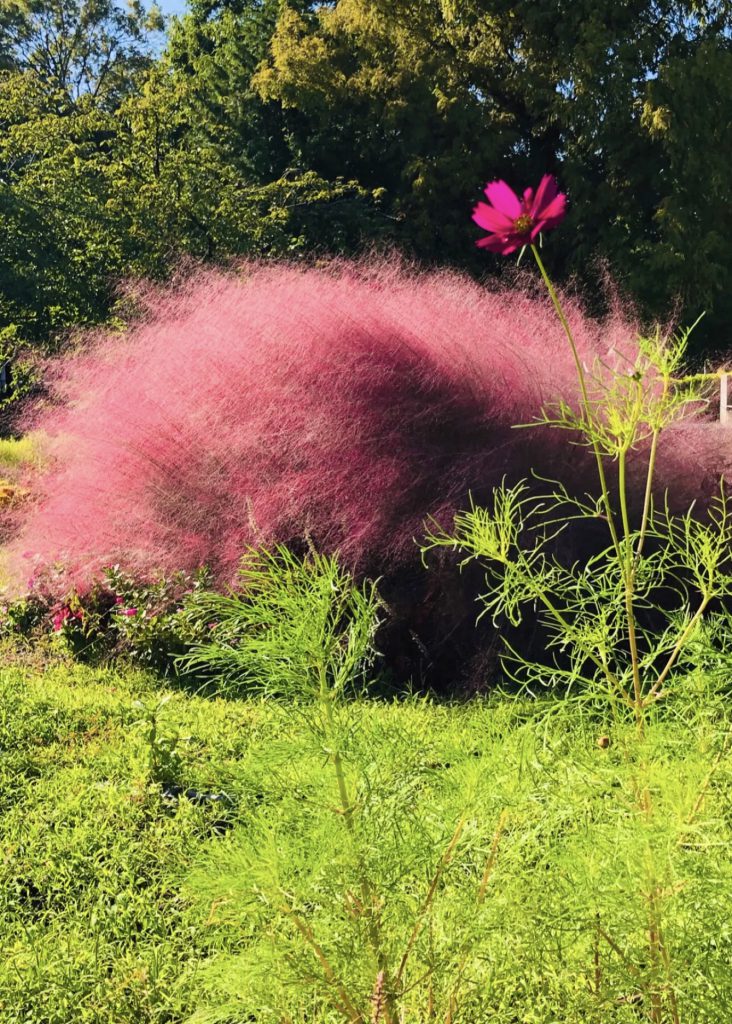
Flowers like red cotton candy are blooming at the entrance of the park. It looks like cotton candy from a cotton candy machine, and you’ll want to wrap it around a disposable chopstick and eat it. The plant is called Muhlenbergia. It is a member of the grass family with more than 150 species distributed mainly in North America, South America, and Asia. Grass is a general term for plants that appreciate grass-like forms, such as the gramineous family and the cyperaceous family. Most plants in the genus Mühlenbergia are weeds, but some species are grown as ornamentals. The flowering period of Muhlenbergia is from September to October, and when it blooms, the flower stalk is elongated from between the leaves and many small flowers are attached to the cone-shaped inflorescence. At present, Mühlenbergia is in full bloom on the “Hana no Oka” of Expo’70 Commemorative Park in Osaka.
公園の入り口に赤い綿菓子の様な花が咲いています。
綿菓子機からでる綿飴の様で、割り箸に巻き付けて食べたくなります。
ミューレンベルギアという名の植物です。北アメリカを中心に南アメリカ、アジアに150種以上が分布するグラスの仲間で、穂に光が当たると輝くように美しく、触ると柔らかくフワフワとしています。グラス類とは、イネ科やカヤツリグサ科など草のような姿を鑑賞する植物の総称のことです。ミューレンベルギア属の植物の大半は雑草ですが、いくつかの種が観賞用として栽培されています。ミューレンベルギアの花期は9月~10月で、花期になると、葉の間から花茎を長く伸ばし、円錐状の花序に小さな花を多数付けます。今、大阪の万博記念公園の「花の丘」にはミューレンベルギアが一面に咲き誇っています。

